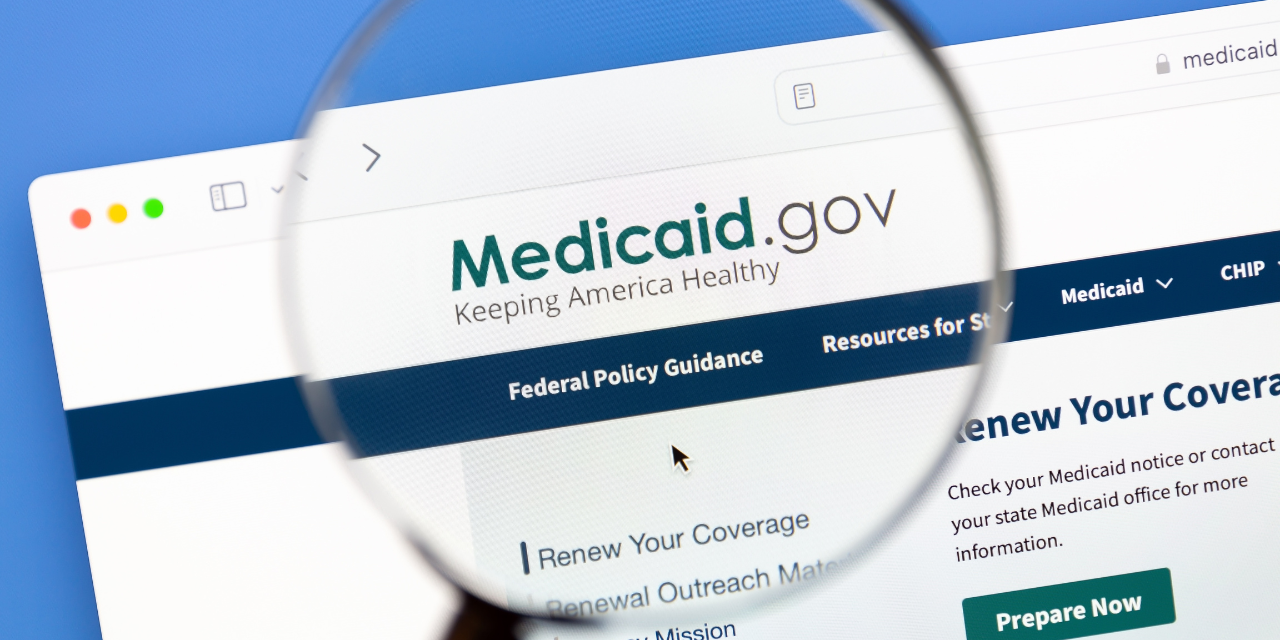As states resume verifying Medicaid beneficiaries’ eligibility post-COVID-19, health plans face the daunting task of managing large-scale redeterminations. This process has significant financial implications, from maintaining membership levels to ensuring positive outcomes on key quality measures, such as the Healthcare Effectiveness Data and Information Set (HEDIS) and Consumer Assessment of Healthcare Providers and Systems (CAHPS). The stakes are high: failure to engage eligible members could lead to a drop in retention and recruitment, directly impacting the bottom line.
In this blog post, we explore these challenges and discuss strategies to optimize Medicaid redetermination while enhancing both member retention and recruitment.
Understanding Medicaid Redetermination
The Importance of Redetermination
Medicaid redetermination is a process where state agencies review beneficiaries’ eligibility to ensure they still qualify for benefits. This process was largely paused during the COVID-19 pandemic due to continuous enrollment policies. In a normal year, about 17 million people lose Medicaid or Children’s Health Insurance Program (CHIP) coverage – some because they’re no longer eligible, but others because of red tape. That means that during the pandemic, more than 50 million Medicaid terminations did not happen.1 With three years of eligibility renewals happening concurrently, it’s more important than ever to help those still eligible maintain coverage and assist others in transitioning to employer-sponsored or ACA Marketplace plans, ensuring health plans avoid a significant drop in membership numbers.
Challenges Faced by Health Plans
The redetermination process brings several challenges for health plans:
- Member Engagement: Reaching and engaging members who may be unfamiliar with the redetermination process.
- Difficulty Reaching the Member: Utilizing communication channels that align with member preferences and current contact information.
- Personalizing Outreach: Ensuring communication is tailored to each member’s specific situation, preferences, and behaviors.
- Using SDoH Data Meaningfully: Leveraging data on social determinants of health (SDoH) to better understand and address the needs of members.
Strategies for Optimizing Redetermination
1. Invest in Long-Term Engagement Technologies and Services
Health plans should invest in technologies and tech-enabled services that foster long-term engagement and support a comprehensive member experience. Instead of relying on a single tool for one initiative, health plans should adopt a suite of solutions that engage and educate members throughout their relationship with the plan. According to Gartner, leveraging technology to enhance the member experience plays a critical role in improving long-term retention by keeping members engaged and satisfied throughout their journey.2
Examples of Effective Technologies and Services:
- Communication Platforms: Tools that connect with members through multiple channels—such as text messages, emails, and phone calls—ensure members receive information in their preferred format.
- Engagement Tools: Platforms that personalize communication-based on member preferences and behaviors can significantly improve engagement rates.
- Core Administrative Technology: Implementing robust core administrative systems can streamline operations, reduce administrative burdens, and improve data accuracy, thereby enhancing member interactions and support. For example, HealthAxis’s core system is designed to make member engagement more seamless by allowing for fluid data transfer between modules. This design enables more efficient tracking of member interactions and improves data accuracy, which ultimately enhances overall outcomes.
- Transitioning to a new platform can be time-consuming; therefore, if time is a constraint, consider engaging a consultant to optimize your existing system to streamline processes and enhance member engagement.
- Business Process as a Service (BPaaS): Leveraging BPaaS solutions can help health plans manage back-office functions more efficiently, allowing them to focus on member-facing activities and ensuring a seamless redetermination process.
By integrating these technologies and services, health plans can create a more responsive and engaging environment, leading to higher member retention and recruitment.
2. Leverage Trusted Providers and Community Resources for Communication
Members tend to trust healthcare providers and community organizations more than health plans. According to a study by the American Board of Internal Medicine Foundation, 84% of people trust doctors, while only 33% trust health insurance companies.3 Health plans can leverage this trust by collaborating with healthcare providers, pharmacies, local public agencies, and community-based organizations to communicate redetermination requirements.
Strategies for Leveraging Provider and Community Trust:
- Integrated Messaging: Include redetermination reminders in provider communications, such as appointment notifications and care management updates.
- Partnerships with Community Resources: Collaborate with community organizations and pharmacies that members regularly engage with, especially for members who may not have consistent healthcare interactions or stable residence.
- Incentives for Providers: Offer value-based payment incentives to providers who assist members with the redetermination process.
3. Personalize Member Communication
Tailored communication is crucial for meeting the diverse needs of Medicaid members. Members come from various backgrounds and have different levels of digital literacy, making personalization key to boosting engagement and compliance.
Health plans can capitalize on the data they already collect to drive personalization efforts. Specific data cleansing and management techniques employed by HealthAxis ensure that this data is reliable and actionable, allowing for more targeted outreach.
Personalization Techniques:
- Customized Content: Use data to tailor messages for individual members, addressing their specific circumstances and needs.
- Multiple Communication Channels: Ensure members can receive information through their preferred channels, such as text, email, phone calls, or mail.
4. Address Social Determinants of Health (SDoH)
SDoH—such as housing, food security, and employment—play a crucial role in members’ ability to engage with the redetermination process. Health plans should integrate SDoH data into their strategies to provide meaningful support for members facing such barriers.
Incorporating SDoH into Member Support:
- Comprehensive Support Services: Offer resources and referrals for housing, food assistance, and other social services.
- Partnerships with Community Organizations: Collaborate with trusted community agencies to provide holistic support for members and address their broader needs.
Real-World Success: California’s Medi-Cal Program
California’s Medi-Cal program provides an excellent example of effective redetermination strategies. Starting in April 2023, California implemented 17 federal waivers and flexibilities to streamline the redetermination process. These included income-based and administrative waivers that significantly eased the process for Medi-Cal members. For example, California automated income-based waivers in eligibility and enrollment systems, increasing the ex parte renewal rate from an average of 34% to 66% by December 2023.4
Additionally, California’s efforts to partner with the United States Digital Services (USDS) to automate these waivers resulted in a dramatic reduction in Medi-Cal disenrollments, dropping from 19-21% to 9% in December 2023.4 These measures not only streamlined the redetermination process but also significantly improved member retention and satisfaction
Navigating the Redetermination Challenge
Optimizing Medicaid redetermination is a complex but essential task for health plans. By focusing on enhancing the member experience through long-term engagement technologies, leveraging trusted providers, personalizing communication, and addressing social determinants of health, health plans can navigate this challenging process effectively.
At HealthAxis, we are committed to supporting health plans in these efforts. Our solutions are designed to improve member engagement, streamline communication, and ensure compliance, ultimately enhancing the overall member experience. Connect with our experts for more detailed insights and practical strategies on how we can support your health plan.
Author:
Nick Hutchins
Chief Growth Officer
Sources:
1. CMS Fact Sheet: Keeping People Covered As States Restart Routine Medicaid Renewals, CMS
2. Quick Answer: How Can Medicaid Redetermination Optimize the End-to-End Member Experience?, Gartner
3. Surveys of Trust in the U.S. Healthcare System, The American Board of Internal Medicine Foundation.
4. California’s Journey with Medi-Cal Redeterminations, DHCS







